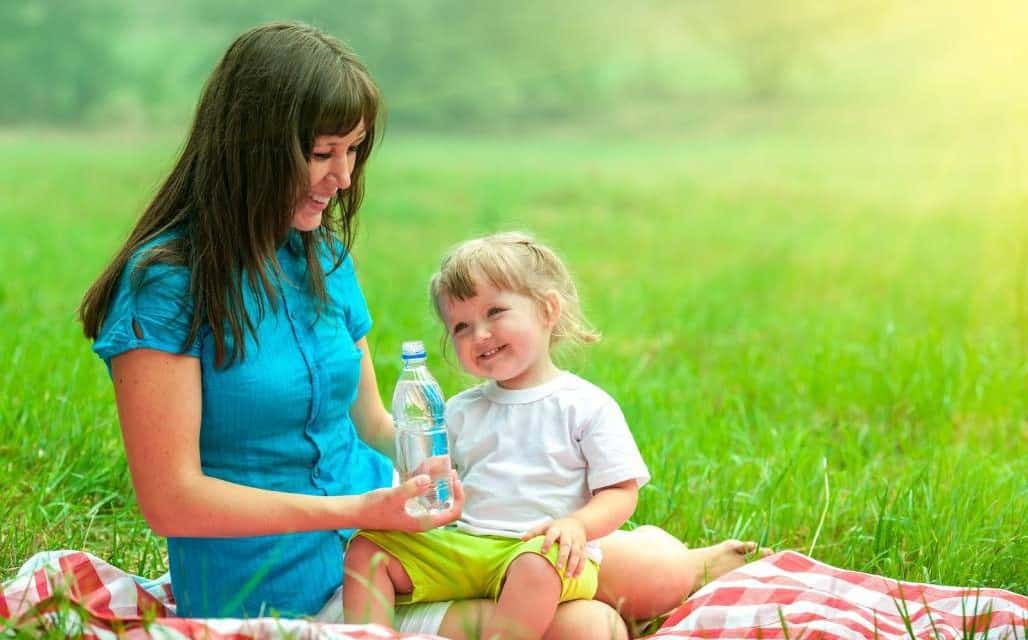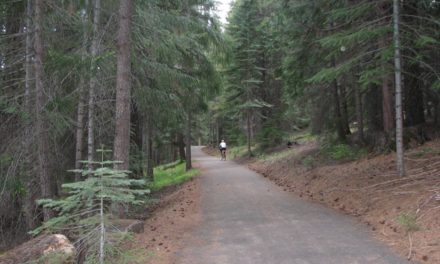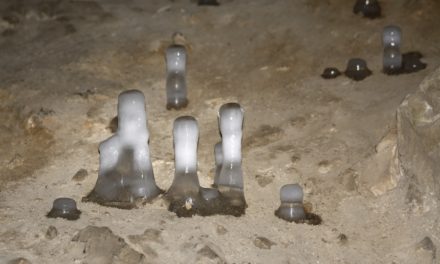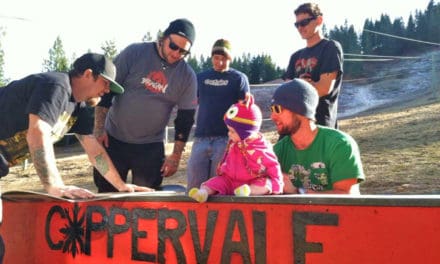Child Summer Safety
By Melissa Wynn
[media-credit name=”bigstockphoto.com” align=”alignleft” width=”300″]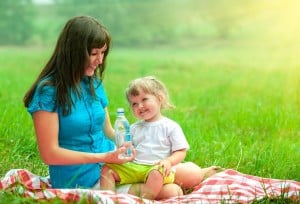 [/media-credit]The heat of summer often finds our children, toddlers to teens, splashing around in the their favorite water hole, lake or swimming pool. We keep a careful eye when our kids are immersed in water but a do we remember to make sure that they are drinking enough water? Every summer hundreds of children suffer from dehydration. An active day in the heat requires plenty to drink and kool-aid, sodas and other sweet drinks just don’t cut it, good old H2O is a must for the youngsters. If you notice your wee ones are getting a bit cranky when they should be having a blast they might be showing early signs of dehydration. According to the experts at the world renowned Mayo Clinic these are the most common symptoms to watch for as your children enjoy their summer fun.
[/media-credit]The heat of summer often finds our children, toddlers to teens, splashing around in the their favorite water hole, lake or swimming pool. We keep a careful eye when our kids are immersed in water but a do we remember to make sure that they are drinking enough water? Every summer hundreds of children suffer from dehydration. An active day in the heat requires plenty to drink and kool-aid, sodas and other sweet drinks just don’t cut it, good old H2O is a must for the youngsters. If you notice your wee ones are getting a bit cranky when they should be having a blast they might be showing early signs of dehydration. According to the experts at the world renowned Mayo Clinic these are the most common symptoms to watch for as your children enjoy their summer fun.
Mild to moderate dehydration is likely to cause:
- Dry, sticky mouth
- Sleepiness or tiredness — children are likely to be less active than usual
- Thirst
- Decreased urine output — no wet diapers for three hours for infants and eight hours or more without urination for older children and teens
- Few or no tears when crying
- Dry skin
- Headache
- Constipation
- Dizziness or lightheadedness
Severe dehydration, a medical emergency, can cause:
- Extreme thirst
- Extreme fussiness or sleepiness in infants and children; irritability and confusion in adults
- Very dry mouth, skin and mucous membranes
- Lack of sweating
- Little or no urination — any urine that is produced will be dark yellow or amber
- Sunken eyes
- Shriveled and dry skin that lacks elasticity and doesn’t “bounce back” when pinched into a fold
- In infants, sunken fontanels — the soft spots on the top of a baby’s head
- Low blood pressure
- Rapid heartbeat
- Rapid breathing
- No tears when crying
- Fever
- In the most serious cases, delirium or unconsciousness
Unfortunately, thirst isn’t always a reliable gauge of the body’s need for water, especially in children and older adults. A better indicator is the color of your urine: Clear or light-colored urine means you’re well hydrated, whereas a dark yellow or amber color usually signals dehydration.
When to see a doctor
If you’re a healthy adult, you can usually treat mild to moderate dehydration by drinking more fluids, such as water or a sports drink (Gatorade, Powerade, others).
Get immediate medical care if you develop severe signs and symptoms such as extreme thirst, a lack of urination, shriveled skin, dizziness and confusion.
Enjoy your summertime fun in the sun but drink plenty of water and make sure the kids do too! A hydrated baby is a happy baby.
Symptoms and When to see a Dr. courtesy of www.mayoclinic.com

